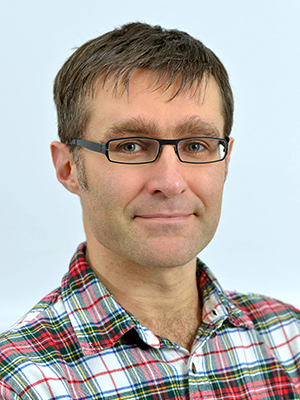Dr Guy Hanke

Senior Lecturer in Plant Cell and Molecular Biology
Email: g.hanke@qmul.ac.uk
Telephone: +44 (0)20 7882 6483
Room Number: Room 4.37, Fogg Building
Profile
The aim of my research is to identify the molecular and genetic mechanisms that control energy distribution in crop plants and cyanobacteria, and to manipulate them for the improvement of agronomic traits. We depend upon agricultural plants to supply our food and fossil plants to support most of our energy needs. This is possible because their autotrophic activity provides the energy to assimilate inorganic molecules and synthesize an incredible variety of useful products. Since the inception of agriculture, plant breeding has selected for advantageous traits. Current systems and ‘omics approaches provide the opportunity to precisely identify the genetics of the regulatory and metabolic pathways that produce specific desirable compounds. A fundamental part of improving traditional agricultural crops and generating new microbial bioenergy crops will be to optimize energy distribution into metabolically engineered pathways.
In oxygenic photosynthesis, the flow of electrons through membrane complexes in the thylakoids of chloroplasts and cyanobacteria generates a proton gradient, which drives ATP synthesis, and a supply of electrons. The reducing power of these electrons is harnessed primarily in fixation of C, but also in bioassimilation of S and N, biosynthesis of amino and fatty acids, co-factors and pigments, and in redox signaling and stress remediation, among many other processes. Electrons generated at the membrane are connected to soluble enzymes by an electron transfer protein: ferredoxin (Fd). Fd can distribute these electrons to many different enzymes, including the Fd:NADP(H) oxidoreductase (FNR) that supplies the NADPH used in C fixation. There is great diversity in Fds and FNRs, sometimes conserved across great evolutionary distance, and sometimes restricted to specific tissues, such as the bundle sheath of C4 plants. My research uses a combination of genetic, ‘omics, structural, cell biology and biophysical techniques to understand the specific functions behind this diversity. We have helped establish the principle of variable electron partitioning by different ferredoxin proteins as a universal concept in photosynthetic organisms and contributed to understanding of how the structural factors and protein-protein interactions that control electron transport between proteins impact on the physiology of a plant.